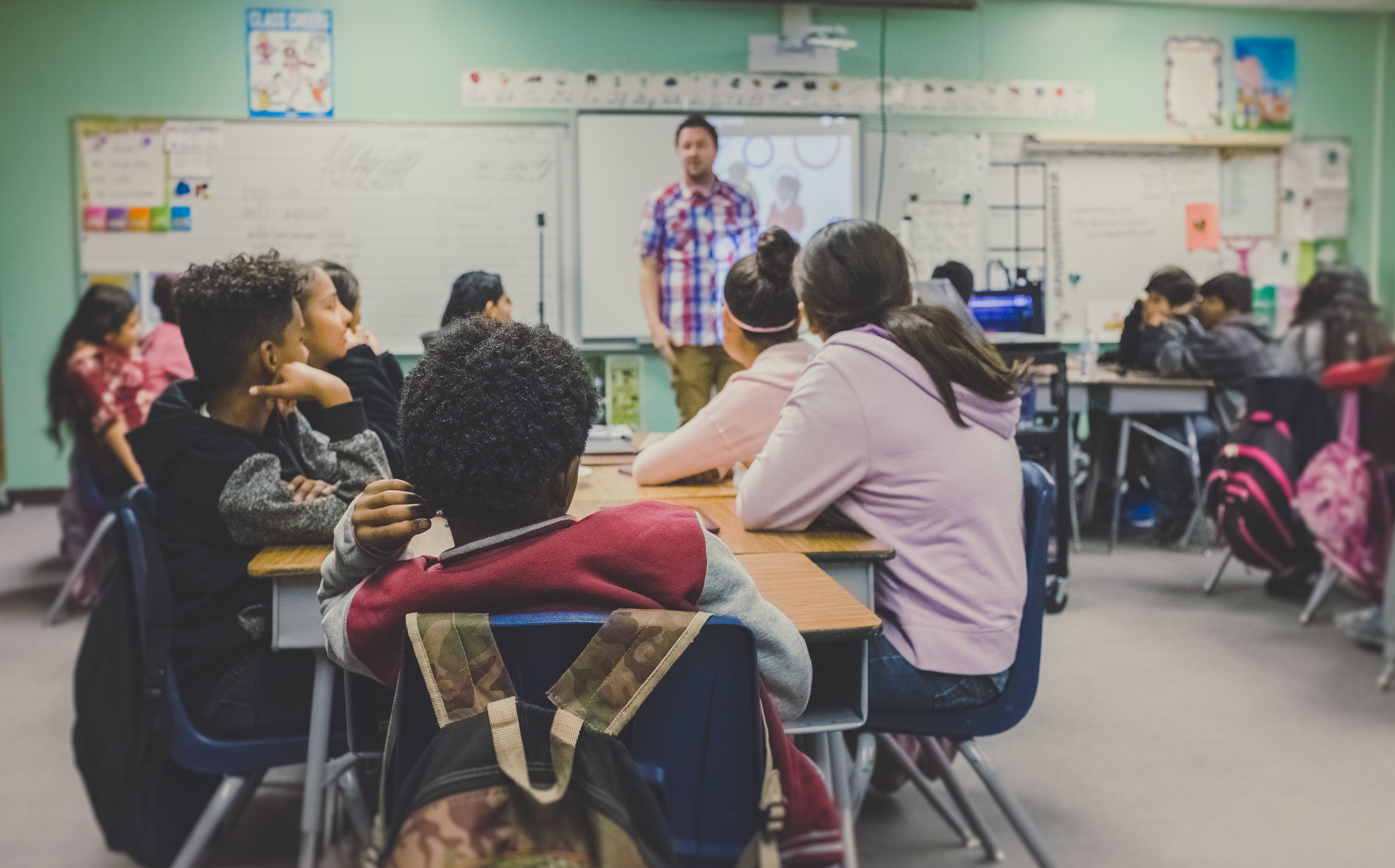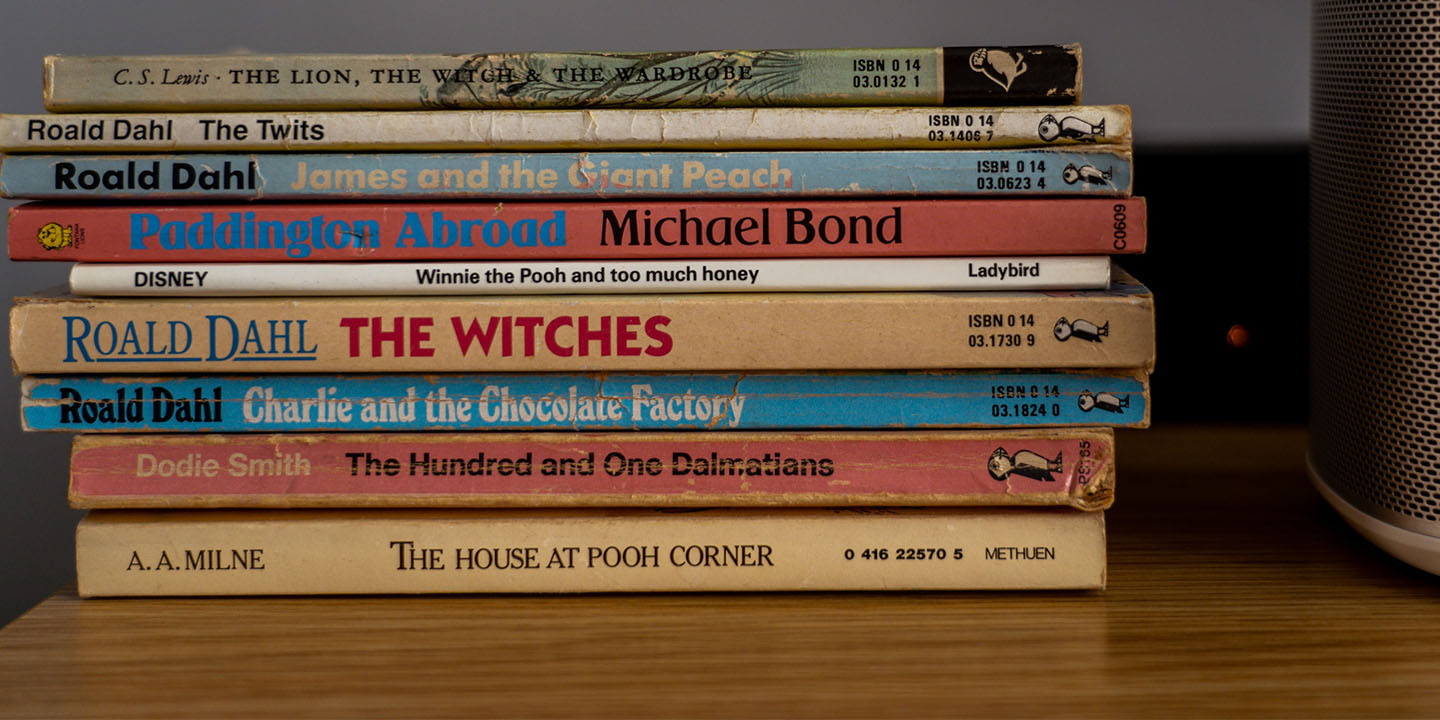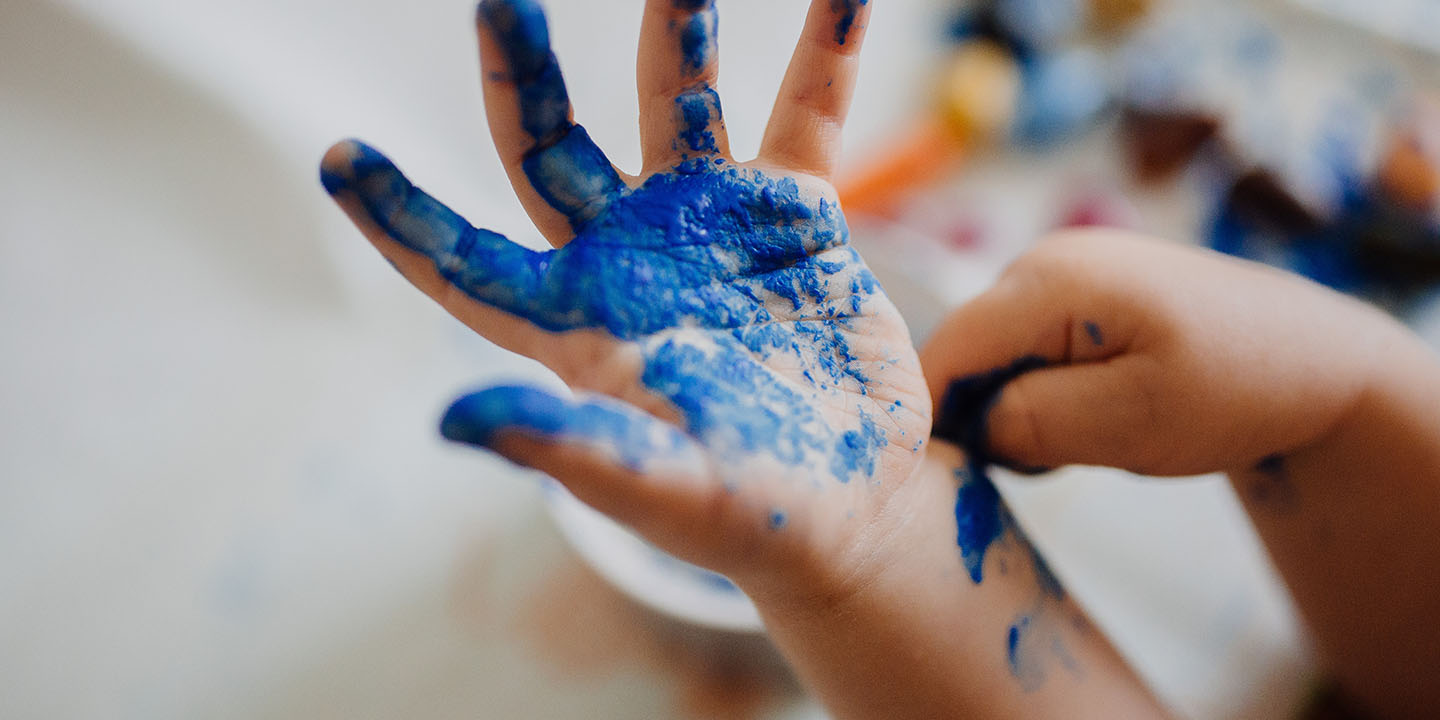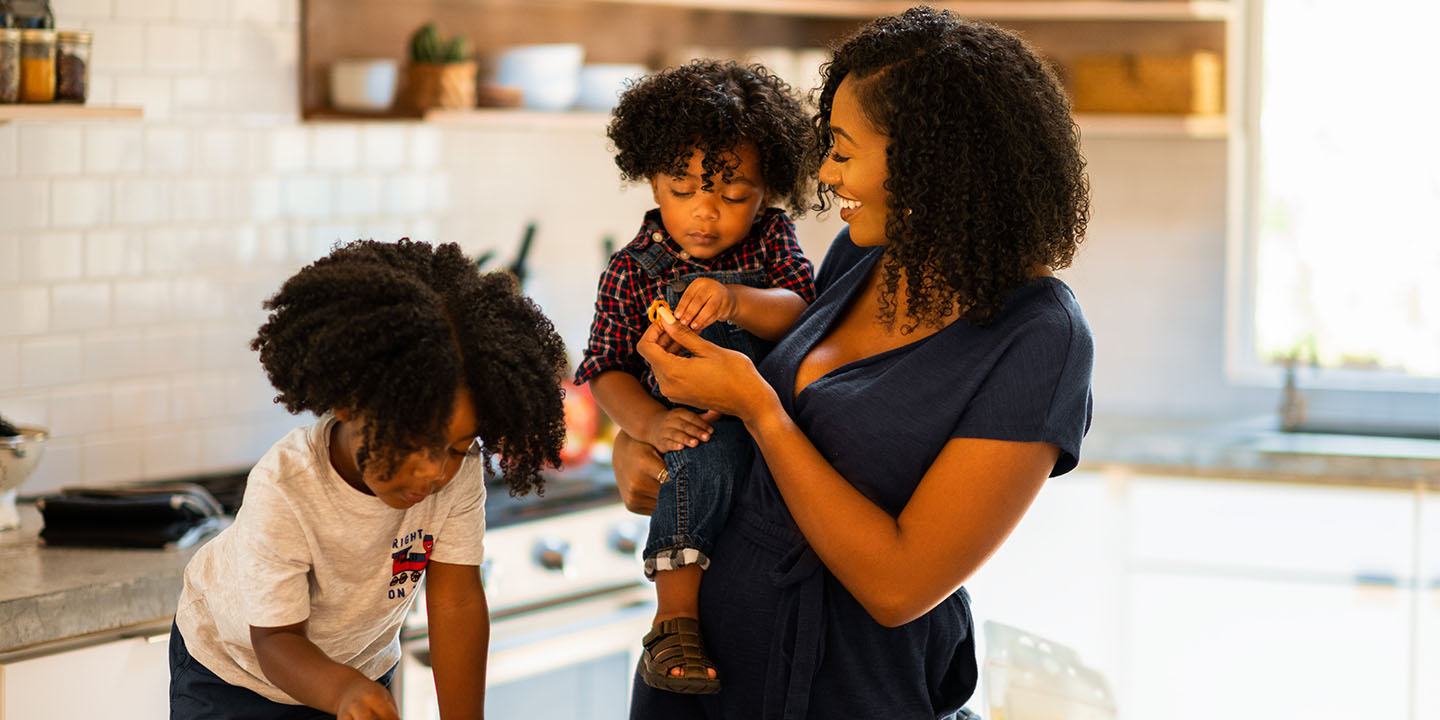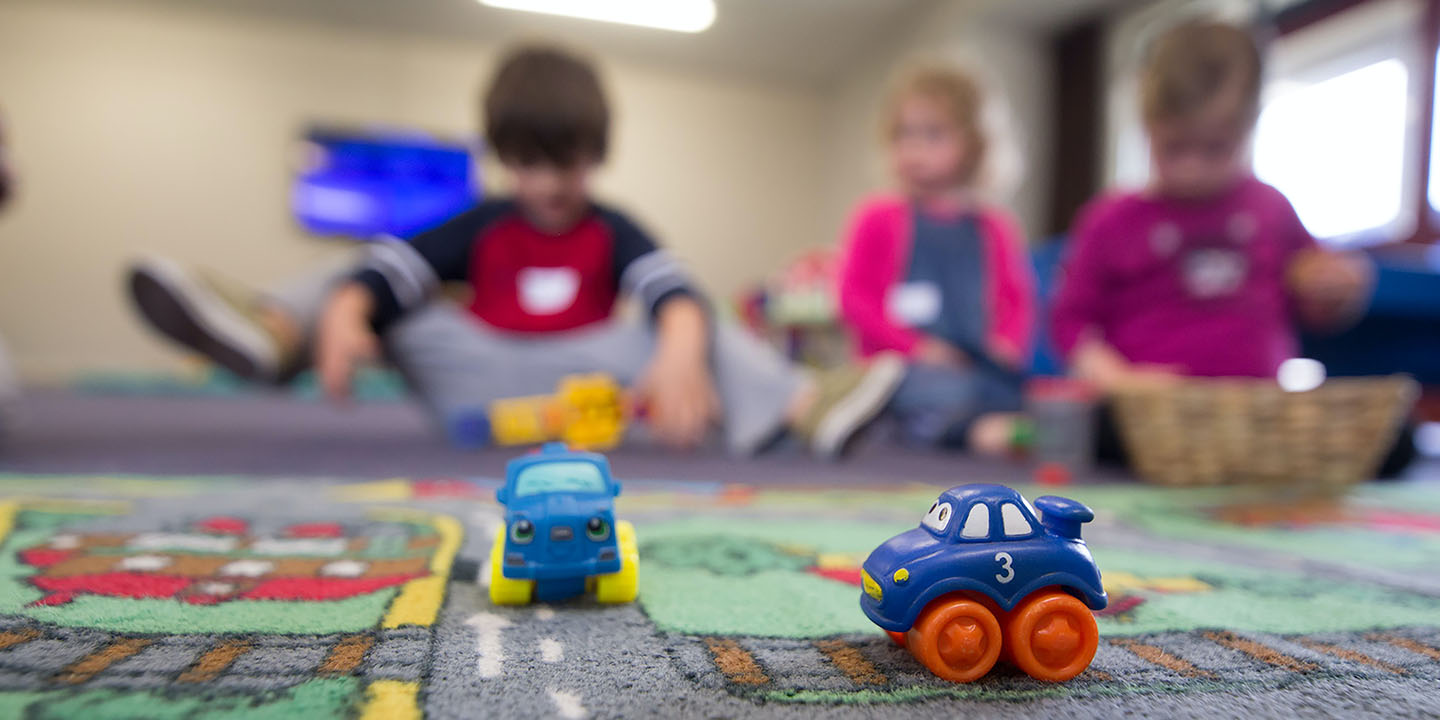10 Reasons To Teach Your Kids Mindfulness From A Young Age & How To Do It
You're Never Too Young For Mindfulness
Studies have found overwhelming evidence in support of mindfulness for mental health, not just in adults but in children too. Forming healthy mindfulness habits helps facilitate a life of contentment, happiness, and well-being for your children. In an increasingly complex and distracting world where nearly 20 percent of kids have a mental health disorder, equipping them with these foundational life skills early is more crucial than ever. Here are 10 compelling reasons to introduce mindfulness practices to your children early on and some kid-friendly strategies for instilling it into their lives.
1. Reduced Stress
One of the greatest and most immediate benefits of mindfulness is that it reduces stress and anxiety. In a country like the US where one in 11 kids is diagnosed with anxiety, this coping mechanism is paramount.
2. Better Emotional Regulation
Getting your kids to practice mindfulness may just be the end of tantrums. Emotional regulation is the ability to manage and respond to one's own feelings. Mindfulness increases awareness of the present moment which prevents you from being overwhelmed by your emotions.
3. Improved Focus
With so much stimulation in the modern world, it's hard not to have difficulty maintaining focus. Giving your kids the tools to combat their wandering minds will set them up for success. Mindfulness trains attention which helps children quiet their minds and enhance their concentration.
4. Better Sleep Quality
A staggering one in three adults in the US struggle with sleep which is an important repair mechanism that improves cognitive function, mood, and overall health. Mindfulness practices help kids learn how to unwind and fall asleep easily from a young age, improving their sleep hygiene for life.
5. Better Decision-Making
We all know how notorious kids are for making poor decisions before their brains are fully developed. While this is a normal part of adolescence, mindfulness can help make really bad decisions few and far between. It does this by enhancing self-awareness and encouraging a more thoughtful approach to problem-solving.
6. Increased Empathy
There's no better way to ensure your child is compassionate and emotionally intelligent than through mindfulness. Mindfulness helps them become more aware of their inner world which tends to translate to how they interact with others.
7. Better Academic Performance
One of the main tasks placed on your children when they're young is to be good students. Studies have found a link between mindfulness and improved academic performance. This may be tied to the fact that it enhances concentration, reduces stress, and improves sleep.
8. Enhanced Overall Well-Being & Happiness
Who doesn't want their child to be the happiest version they can be? By enhancing connection to the present moment, mindfulness lays a strong foundation for a balanced, positive, and sunny outlook on life.
9. Increased Resilience
Mindfulness sets your kids up well for dealing with the curveballs life will inevitably throw their way. It equips them with the positive mindset needed to bounce back from adversity.
10. Better Impulse Control
Impulsiveness is a trait commonly found in adolescents; however, mindfulness practices can help mitigate regrettable decisions or difficult behaviors. It teaches kids to pause and think before acting.
Now that we've gone over some of the most compelling reasons to instill mindfulness in children from a young age, let's talk about how to do it.
1. Belly Breathing
Mindful breathing or belly breathing is the perfect place to start mindfulness training. Teach your kid to place a hand on their stomach and feel it rise and fall with their breath. They can even place a stuffed animal on their belly and watch it move up and down.
2. Mindful Eating
Train your child to munch their food with purpose, turning each meal into a sensory experience. Do it with them, asking questions about the textures, smells, and tastes they notice.
3. Superhero Meditation
Superhero meditation uses imaginative scenarios where children pretend to be superheroes to teach mindfulness. The superpowers are connected to mindfulness skills like taking deep breaths, calming down quickly, and being in touch with thoughts and feelings. This helps kids feel more confident and empowered and makes a fun game out of mindfulness training.
4. Body Scan For Kids
Body scans are an excellent foundational exercise for people of all ages. Use a guided meditation or be your child's guiding voice, encouraging them to focus deeply on specific regions of their body to promote physical awareness.
5. Gratitude Practice
Ask your kid regularly what they're thankful for. Gratitude practice has been proven to enhance positive emotions, improve mental health, and strengthen relationships.
 Reynardo Etenia Wongso on Unsplash
Reynardo Etenia Wongso on Unsplash
6. Mindful Coloring
Mindful coloring combines mindfulness practice and art, encouraging kids to be fully engaged in the act of creating. This helps them embrace the creative journey and explore self-expression without judging themselves.
7. Mindful Movement
Mindful movement can be anything from mindful walking to Tai Chi and interpretive dance. It involves placing your whole attention on your movements while engaging in exercise. This helps reduce stress and improves physical strength, balance, and coordination.
8. Create A Calm & Supportive Environment
No matter what exercises you decide on, the most important part is that you create a calm and supportive environment where your child doesn't feel judged or pressured. Doing the exercises as a family can help.
9. Use Mind Jars
A mind jar is a visual representation of your child's thoughts and feelings designed to help them deal with stressful situations and learn how to calm themselves down. You can make one by filling a mason jar with glitter and some water. Invite your child to shake up the jar when they feel any negative emotions and breathe while watching the glitter settle back on the bottom.
10. Talk About Feelings
Create the habit of verbalizing feelings, thoughts, and emotions early on. Naming feelings is an effective way to diffuse them. It facilitates better communication, enhances self-awareness, and improves decision-making in kids.






















